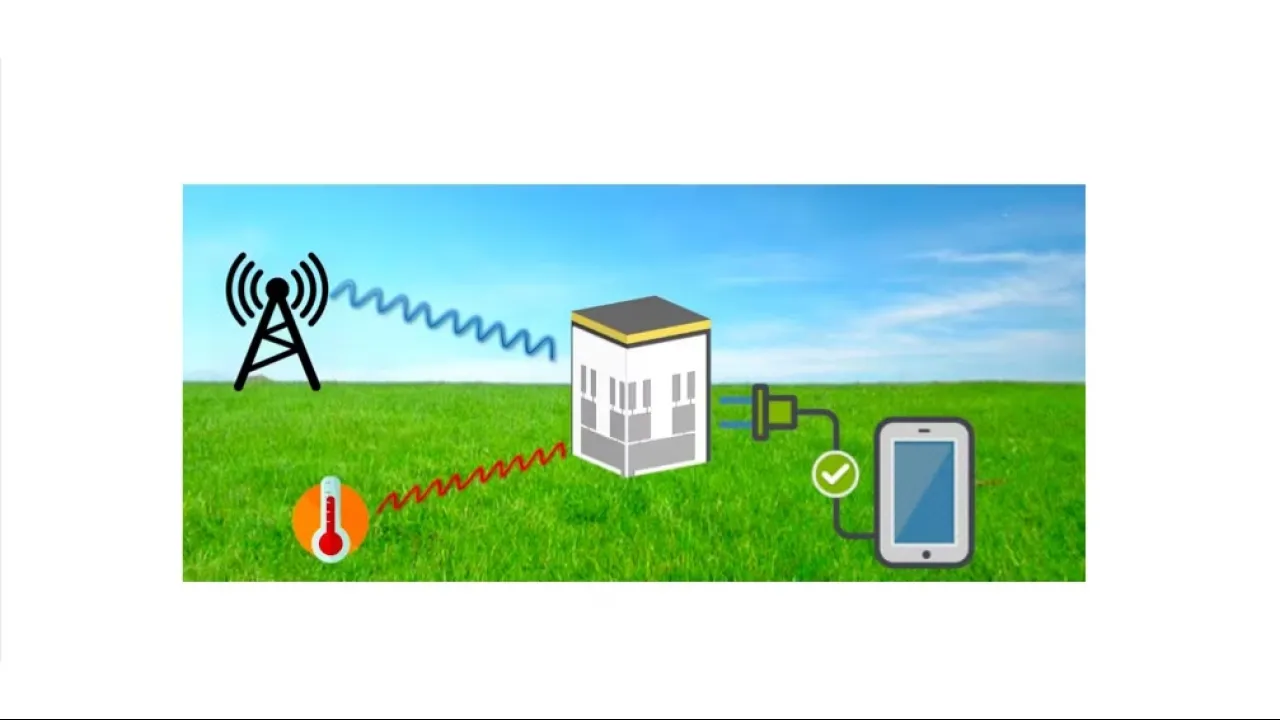
Multi‐source ambient energy harvester based on RF and thermal energy: Design, testing, and IoT application
About
Azamat Bakytbekov, et al., "Multi‐source ambient energy harvester based on RF and thermal energy: Design, testing, and IoT application." Energy Science & Engineering, 2020,1.
Billions of wireless sensing devices must be powered for IoT applications. Collecting energy from the ambient environment to power sensor nodes is a promising solution. Solar energy has been one of the main sources of ambient energy due to its availability, higher power density, and the maturity of the solar photovoltaic industry. However, there are many scenarios (indoor environment, outdoor environment during nighttime, poor weather conditions, underground, etc) where ambient solar energy is either not available or not sufficient for practical applications. For such scenarios, other renewable sources of energy must be sought. Typically, not enough power is collected from one ambient source to charge sensor nodes for continuous operation. In this work, we present a multi‐source energy harvester that collects RF and thermal energy (both available 24 hours) from the ambient environment simultaneously. The RF energy harvester is multi‐band and collects power from GSM (900, 1800 MHz) and 3G (2100 MHz). The thermal harvester converts diurnal temperature fluctuations to electrical energy using high thermal effusivity phase change material. Extensive field testing has been performed in three different conditions—outdoors, indoors, and buried underground—to highlight the usefulness of the multi‐source energy harvester in all these environments. When one source is disabled, the harvester still generates energy from the remaining active source and can enable continuous operation of futuristic IoT sensors. As a proof of concept, a real‐world IoT application is demonstrated, where temperature and humidity sensors are powered by the multi‐source energy harvester. Continuous robust operation of the sensors and wireless data transmission after each 3.7 seconds are expected when both harvesters operate in full mode. Scenarios, where only single thermal energy harvester or only single RF energy harvester operates, are also demonstrated and data transmission with average time intervals of 30 seconds and 9 minutes is achieved, respectively.